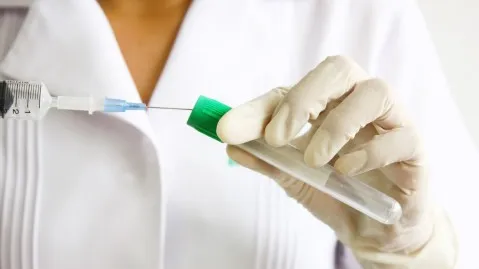
Australia's incentives for domestic manufacturing to create opportunities
The country's science agency opened a new national lab in Melbourne.
Australia’s aim to increase sovereign capability in pharmaceutical manufacturing will bode well for the domestic industry, attracting pharma investment while expanding export opportunities for drugmakers, according to a Fitch Solutions report.
On 11 August, Australia’s national science agency, Commonwealth Scientific and Industrial Research Organisation (CSIRO) opened a new $16.2m (A$23.1m) national lab in Melbourne that will bolster the country’s ability to produce vaccines and drug treatments onshore.
Researchers at CSIRO’s National Vaccine and Therapeutics Lab will turn vaccine and drug candidates into products that can be manufactured in large quantities for clinical trials.
According to CSIRO, the ability to do this in Australia, rather than needing to rely on overseas manufacturers, has been the ‘missing link’ in Australia’s biomedical science sector being able to produce vaccines and drugs domestically.
READ MORE: Australia expands digital initiatives in COVID-19 response
“The new lab will provide a significant boost to Australian translational research capacity and advanced manufacturing in biotechnology to benefit SMEs (small and medium enterprises), start-ups and the research sector,” the report stated.
The risk of pharmaceutical supply shortages will also reaffirm the importance of onshoring manufacturing, Fitch Solutions said.
In Australia, essential medical supplies are primarily sourced through a long and complex supply chain, with around 90% of medicines being imported and 68% of Australia’s medical supply imports coming from the US and Europe.
These in turn rely on a supply of active pharmaceutical ingredients (APIs), precursor chemicals and componentry from India, China and other countries around the world, Fitch said.
Whilst Australia’s response to COVID-19 has proven effective thus far, a continued rise in cases globally and fluid diplomatic relations between nations such as India, China and the US are expected to continue putting pressure on Australia’s domestic supply chain.
“To protect its security of supply in the medium and longer-term, a concerted effort to rebuild Australia’s life sciences sector will increase with the aim to improve the resilience of its local supply chain and provide health, economic and security benefits for all Australians,” Fitch said
This in turn would raise its prominence in the global value chain and improve the resilience of its supply chain, the report added.
Total medicine consumption in Australia, including prescription and over-the-counter medicines, is projected to rise from $14.6b (A$19.4b) in 2021 to $18b (A$23.7b) in 2026, posting a five-year compound annual growth rate (CAGR) of 4.1% in local currency and 4.3% in US dollar terms.
Through to the end of 2031, Fitch expects spending on pharmaceuticals to rise to $21.7b (A$28.9b), at a 10-year CAGR of 4.1%.



















 Advertise
Advertise





